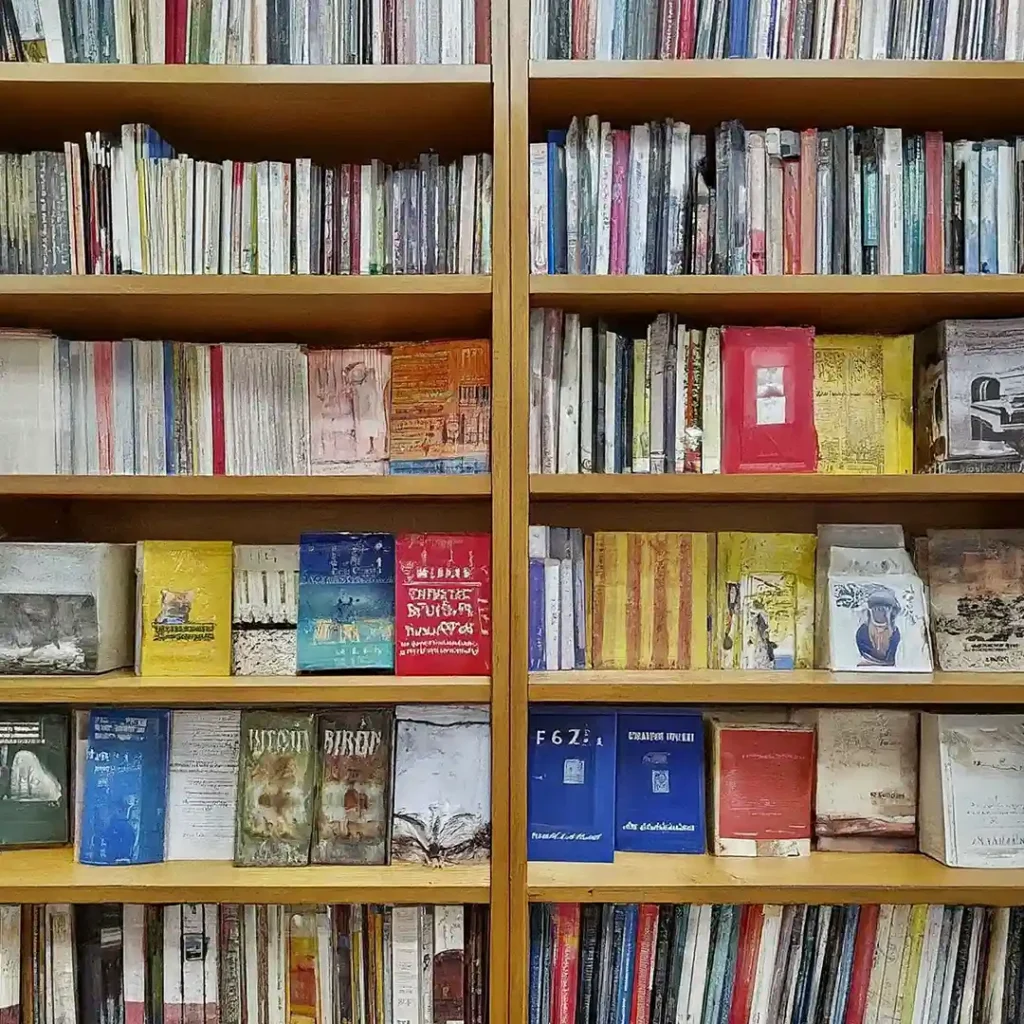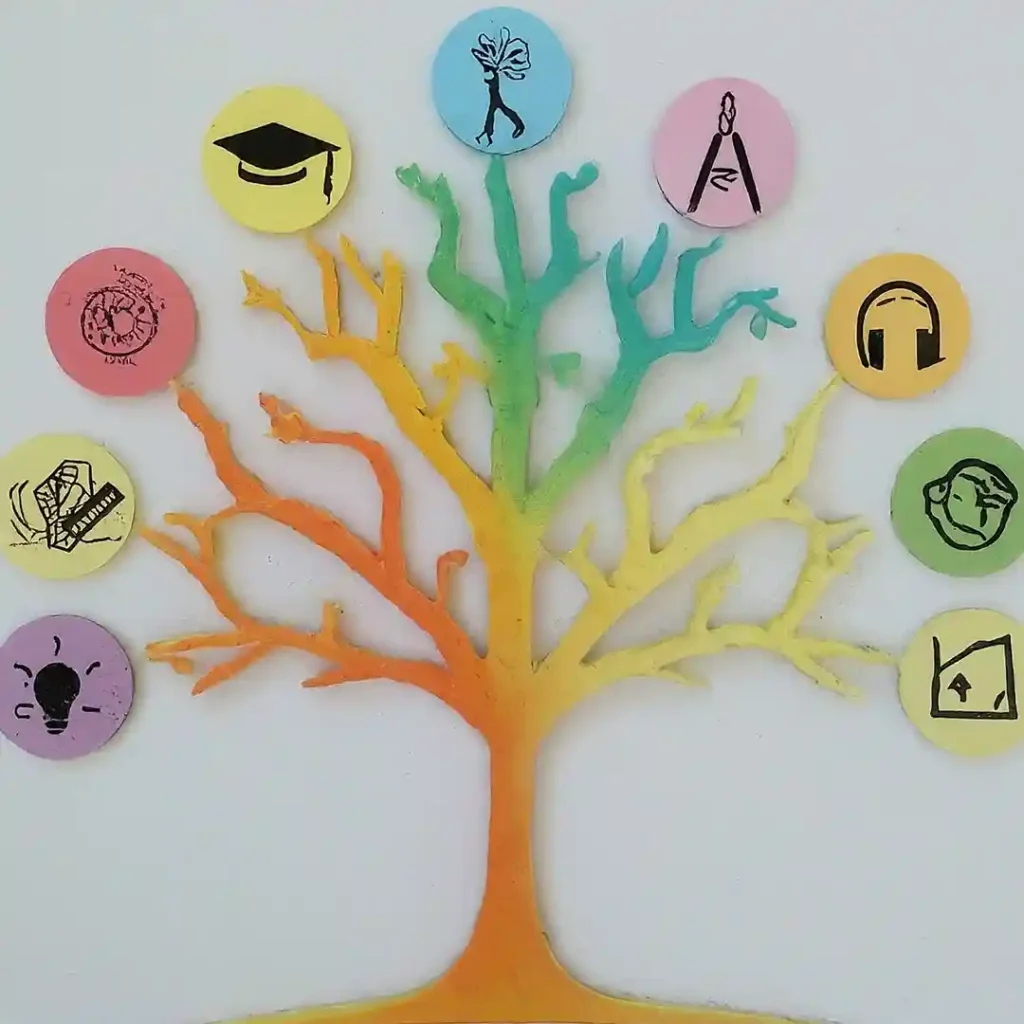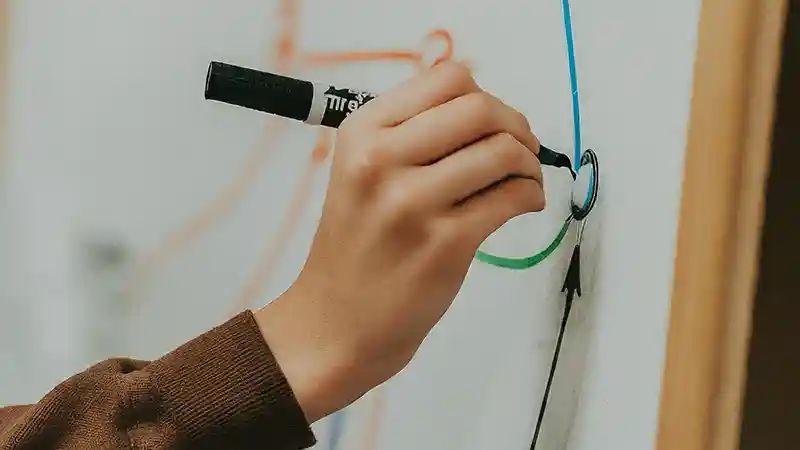The Center for Applied Special Technology (CAST) recently announced that it is updating the Universal Design for Learning (UDL) guidelines. The CAST team has spent years researching and receiving input from various stakeholders and has finally released its proposed UDL updates. These changes reflect the understanding that educational environments must evolve to support every learner equitably.
For those unfamiliar with UDL, it is a research-based framework with three main principles:
- Multiple Means of Engagement: This principle addresses the “why” of learning. Educators are asked to find ways that stimulate interest and motivation.
- Multiple Means of Representation: Educators are concerned with the “what” of learning. All learners should be able to access information in ways that allow them to learn best.
- Multiple Means of Action and Expression: CAST calls this the “how” of learning. This is where educators provide learners with several ways to demonstrate what they know.
Updating The UDL Guidelines with Equity in Mind
While the guidelines were initially formed to promote classroom equity, gaps and biases were still inadvertently built into the design. As a result, several students could not access all the benefits of their educational experience. The need to address these gaps is clear. If the goal of UDL is to maximize academic success and personal growth, the guidelines must be updated to reflect all types of learners.
Most educators have moved past the notion that equity means providing the same resources to all students. Learning under this antiquated model is only equitable to students who happen to engage with their studies in that one particular way. True equity in the classroom must mean tailoring content, providing representative material, and supporting students based on individual needs.
An equitable classroom must account for the challenges that students face. These barriers and biases are often rooted in racial, economic, gender, cultural, disability, and language. The proposed updates to the UDL framework aim to dismantle barriers by asking educators to consider both the individuals in their classroom and the systemic inequalities that affect learning experiences.
Community Engagement
CAST has adopted a community-driven strategy to reform the guidelines. A wide range of stakeholders were involved in the update process, which was structured into three key areas:
- Advisory Groups: Three groups were established to help provide input. The first is the Advisory Board, which consists of external scholars whose work focuses on equity. Second, a UDL Guidelines Collaborative was added to coordinate efforts within CAST and other organizations. Third, a Young Adult Advisory Board was set up to share their ideas on equity in the classroom.
- Focus Groups: A total of one hundred eighty participants took part in over forty focus groups. Teachers, instructional coaches, researchers, and educational leaders shared their experiences, insights, and feedback on the UDL guidelines.
- Research and Literature Reviews: An extensive review of equity-oriented approaches, such as disability studies, helped inform the updates. The most effective strategies will be implemented into the UDL framework.
Proposed Overarching UDL Updates

The guidelines will now suggest ways for educators to design learning activities that resonate with students’ backgrounds and experiences. Educators must ensure that students’ diverse cultural, social, and emotional identities are met so that they can engage in deeply personal learning. Educators will be encouraged to create learning environments, provide examples, and distribute resources that celebrate all differences.
Acknowledging and Addressing Biases as Barriers to Unrestricted Learning
Educators will be asked to reflect on their own biases as well as structural biases that might be evident in the school. Being proactive in identifying these biases will help mitigate the impact on the learning environment.
Interdependence and Collective Learning
In the update, we can expect to see a move away from traditional, competitive, and individualistic approaches. CAST believes that the collective success of students is as important as individual achievements. In a cooperative learning environment, students will develop social and emotional skills for the real world. Furthermore, this will help dismantle the barriers that competition can create for some students.
Shifting to Learner-Centered Language
The final overarching change proposed by CAST is shifting from teacher-centered to learner-centered language. While it isn’t clear to me what this means, the change is meant to reflect students’ role as active classroom participants.
Specific Updates in the UDL Guidelines

Below are the proposed, specific updates to the three prongs of universal design for learning: multiple means of engagement, representation, and action.
Multiple Means of Engagement
- Identity Affirmation and Belonging: Students do better when they see themselves reflected in the learning environment. A more inclusive classroom will encourage sustained student engagement.
- Joy and Play: Moving away from the traditional view of productivity and output, classrooms should cultivate enjoyment and playfulness. Doing so will help reduce stress, spark creativity, and enable deeper learning.
Multiple Means of Representation
- Diverse Cultural Perceptions: By incorporating more cultural perspectives into the curriculum materials, learning will resonate with students from diverse backgrounds.
- Multiple Ways of Knowing: By acknowledging and incorporating different cultural contributions to knowledge, educators show that systems of knowledge that extend beyond Western approaches have value.
Multiple Means of Action and Expression
- Value Diverse Forms of Expression: Educators are being asked to recognize and value neglected means of expression.
Addressing "Expert Learners" in the UDL Updates
The last section of proposed updates examines the notion of “expert learners.” In the past, this concept was a foundational part of the guidelines. Educators and researchers expressed the following concerns:
- Elitism and Exclusivity: The term suggests that some students have learning expertise while others do not. It fails to recognize that all students have something to contribute.
- Ignoring Collective Knowledge: In the past, the focus has been on the individual and not the collective. This approach ignores the value of collaboration, which CAST sees as an essential skill for success.
- Cultural and Linguistic Discrepancies: The term “expert learner” may not translate well into other languages or be confusing in other cultures.
Revisiting the Concept of “Expert Learners”
The UDL guidelines will alter the term “expert learners” to be more inclusive by considering their language choice, collective learning, and cultural sensitivity. Their goal is to avoid terms that imply a hierarchy. They also want to promote an environment that helps students develop social-emotional skills while being culturally inclusive.
Conclusion
The new Universal Design for Learning guidelines will represent a significant step toward creating more inclusive classrooms. The researchers emphasize that acknowledging learners’ differences will help break down biases and barriers to learning. The guidelines will include specific recommendations for creating equitable opportunities for students. The goal is to create environments where all students can access unrestricted learning and achieve their full potential.
Even before the updates are officially released, it’s clear that we, as educators, need to consider how we approach inclusivity in the classroom. Reflecting on my own practice, I know that there are times when I have inadvertently disadvantaged marginalized students. I have done this by teaching how I wanted to teach without considering my students’ diverse learning preferences. Many of us must realize that our way of knowing is different from our students.
In short, we must reconsider the materials used in class, what real representation looks like, and how we can support a learning environment that values collaboration. In doing so, we will help ensure that every learner is supported. Let’s use these updates as an opportunity to reflect on our practices and grow as educators.


